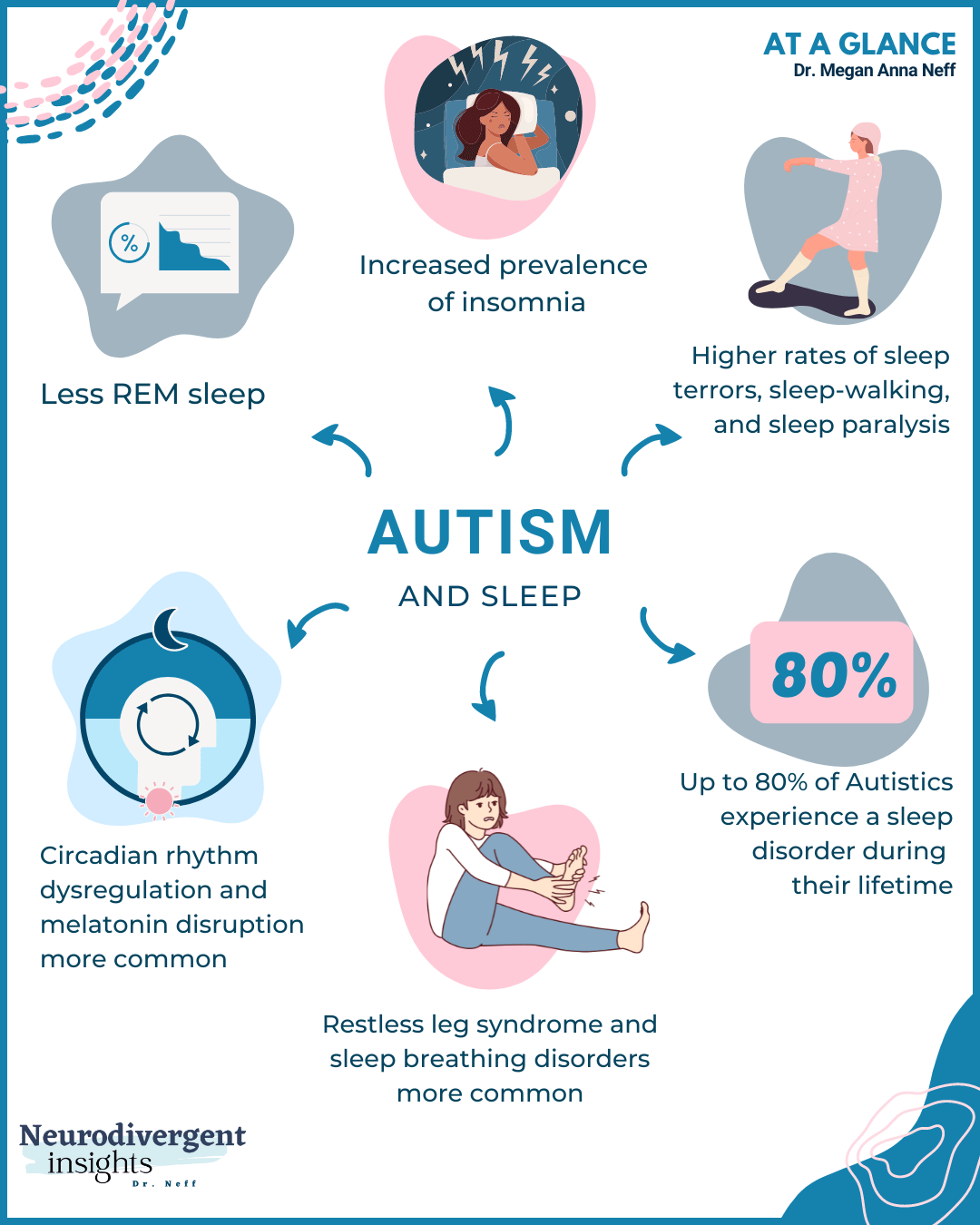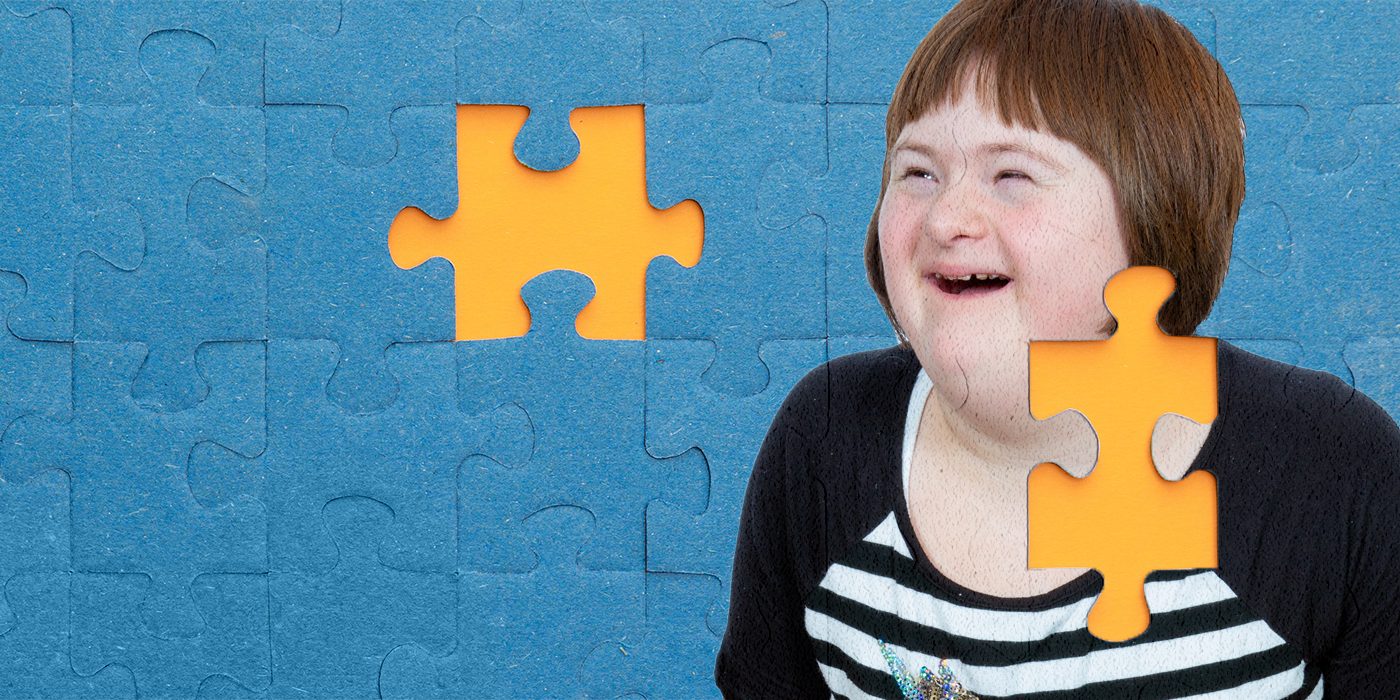How to Develop an Inclusive Atmosphere for Friends and Family Members with Autism
How to Develop an Inclusive Atmosphere for Friends and Family Members with Autism
Blog Article
Understanding Autism: A Comprehensive Guide to Signs and Signs And Symptoms
Autism Spectrum Condition (ASD) includes a large range of characteristics that can considerably impact an individual's social interactions and daily functioning. Identifying the signs and signs, such as challenges with eye call, social communication troubles, and sensory sensitivities, is important for early intervention. Comprehending these nuances not only help caretakers and teachers in providing proper assistance yet additionally cultivates an extra comprehensive environment for people with ASD. As we discover the complexities of autism, it becomes necessary to consider exactly how these indications show up in a different way across the range and what implications they hold for effective intervention methods.
Introduction of Autism Spectrum Condition
Specifying Autism Range Problem (ASD) entails identifying it as an intricate neurodevelopmental problem characterized by a variety of difficulties in social interaction, interaction, and behavioral patterns. The term "range" mirrors the wide variability in signs and their intensity, which can differ considerably from one person to one more. ASD generally materializes in early childhood, although some individuals might not obtain a medical diagnosis until later on in life.
Variables affecting the advancement of ASD include genetic predispositions and ecological aspects, although the precise causes remain under examination. Medical diagnosis often counts on behavior assessments, as there are no clear-cut clinical examinations for ASD. Early intervention is crucial and can considerably improve results, concentrating on improving interaction skills, social interactions, and adaptive actions.
People with ASD might also exhibit distinct strengths, such as outstanding focus to detail or certain areas of proficiency. Comprehending the diverse nature of ASD is essential for cultivating a comprehensive setting that suits neurodiversity. Continued research study is essential for establishing reliable treatments and support group, allowing individuals with ASD to prosper and accomplish their potential within culture.
Typical Signs of Autism
Identifying the usual signs of Autism Spectrum Disorder (ASD) is essential for early recognition and intervention. These indications can differ widely in intensity and presentation, but specific features are frequently observed in individuals with ASD.
One of the most prevalent signs is a marked trouble in maintaining and establishing eye contact. People may also display restricted interest in social interactions and show a choice for singular play.
Sensory level of sensitivities are also common; people might underreact or overreact to sensory stimuli, such as sounds, appearances, or lights. autism. Language growth can be irregular, with some kids showing delayed speech or making use of language in unusual methods, consisting of echolalia-- duplicating expressions or sentences heard elsewhere
It is vital to keep in mind that not every person with ASD will certainly present all these signs, and the degree of these habits can differ significantly. Early recognition enables prompt support and sources, enhancing the lifestyle for those on the spectrum.
Social Interaction Challenges
Social interaction challenges are a hallmark of Autism Range Condition (ASD), impacting an individual's capability to involve properly with others. These problems can show up in various ways, including challenges in initiating and maintaining discussions, recognizing social cues, and responding appropriately in social interactions.
People with ASD might deal with nonverbal interaction, such as eye call, faces, and body language. This can cause misconceptions, as their communicative intent her comment is here might not be properly translated by others. Additionally, they might find it tough to grasp the subtleties of tone and context, which are necessary for effective communication.
In group settings, people with ASD might really feel overwhelmed and may not understand how to sign up with in discussions (autism). They might additionally show atypical conversational patterns, such as monologuing about certain passions without acknowledging social reciprocity
Additionally, these difficulties can result in social isolation or troubles in forming partnerships, as page peers might misinterpret their actions or interaction style. Comprehending these social communication obstacles is crucial for cultivating encouraging environments that promote social skills growth and improve the high quality of communications for individuals on the autism spectrum.
Sensory Sensitivities and Actions
Several people with Autism Range Condition (ASD) experience increased sensory sensitivities that can substantially affect their daily lives. These sensitivities may show up as over-responsiveness or under-responsiveness to sensory stimuli, including noises, lights, appearances, preferences, and scents. An individual with ASD may find day-to-day noises, such as a vacuum cleaner or crowded atmospheres, overwhelmingly stressful, leading to anxiety or meltdowns. Alternatively, some may display an indifference to pain or extreme temperature levels, which can pose safety worries.
Sensory processing differences in individuals with ASD can additionally influence their capability to engage in social interactions and routine tasks. For instance, a child who is delicate to touch might resist physical affection or avoid particular clothing textiles. Additionally, a preference for sure appearances or preferences can restrict dietary options and produce difficulties throughout mealtimes.
Understanding these sensory sensitivities is vital for acknowledging the unique experiences of individuals with ASD. Awareness of their sensory accounts can promote better communication and support strategies, creating an environment that fits their demands and boosts their top quality of life. Eventually, recognizing go to this site sensory sensitivities is an important part of comprehending the broader spectrum of autism.

Sustaining Individuals With Autism
Effective support for individuals with Autism Range Condition (ASD) is crucial for improving their general health and cultivating independence. Assistance strategies ought to be tailored to satisfy the one-of-a-kind needs of each individual, considering their obstacles and staminas.

Social skills training can additionally play a crucial role. autism. Involving people in team tasks or role-playing scenarios can boost their capacity to navigate social communications. Additionally, it is important to inform member of the family, caregivers, and peers regarding ASD to cultivate a inclusive and encouraging neighborhood
Conclusion
In final thought, an extensive understanding of Autism Range Disorder is vital for acknowledging its signs and indicators. Early recognition of typical qualities, such as social interaction obstacles and sensory level of sensitivities, makes it possible for caregivers and teachers to apply efficient interventions. By promoting enhanced communication and social skills, people with autism can browse their environments extra effectively. Inevitably, raised recognition and assistance can dramatically enhance the high quality of life for those influenced by ASD.
Autism Range Problem (ASD) encompasses a vast range of qualities that can substantially affect a person's social communications and everyday performance.Individuals with ASD may struggle with nonverbal interaction, such as eye contact, face expressions, and body language.Many individuals with Autism Range Condition (ASD) experience increased sensory sensitivities that can considerably impact their day-to-day lives.Sensory processing distinctions in people with ASD can additionally influence their capability to engage in social communications and regular activities.Comprehending these sensory sensitivities is necessary for identifying the unique experiences of people with ASD.
Report this page